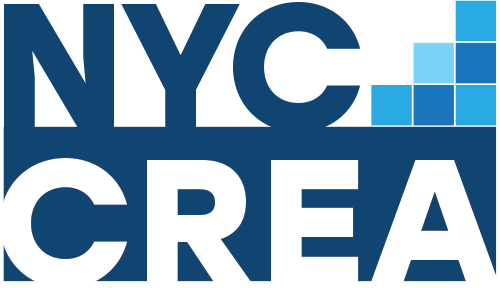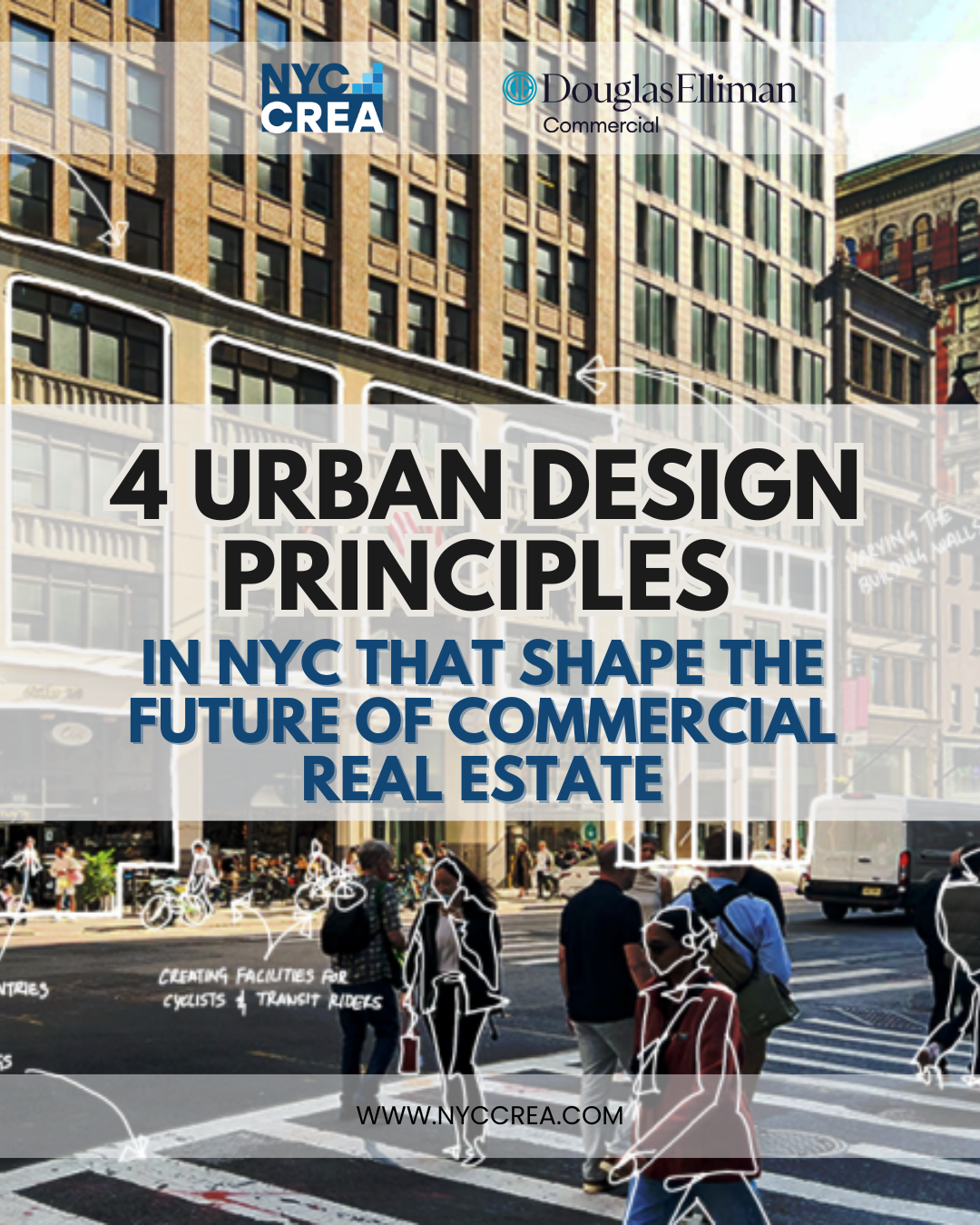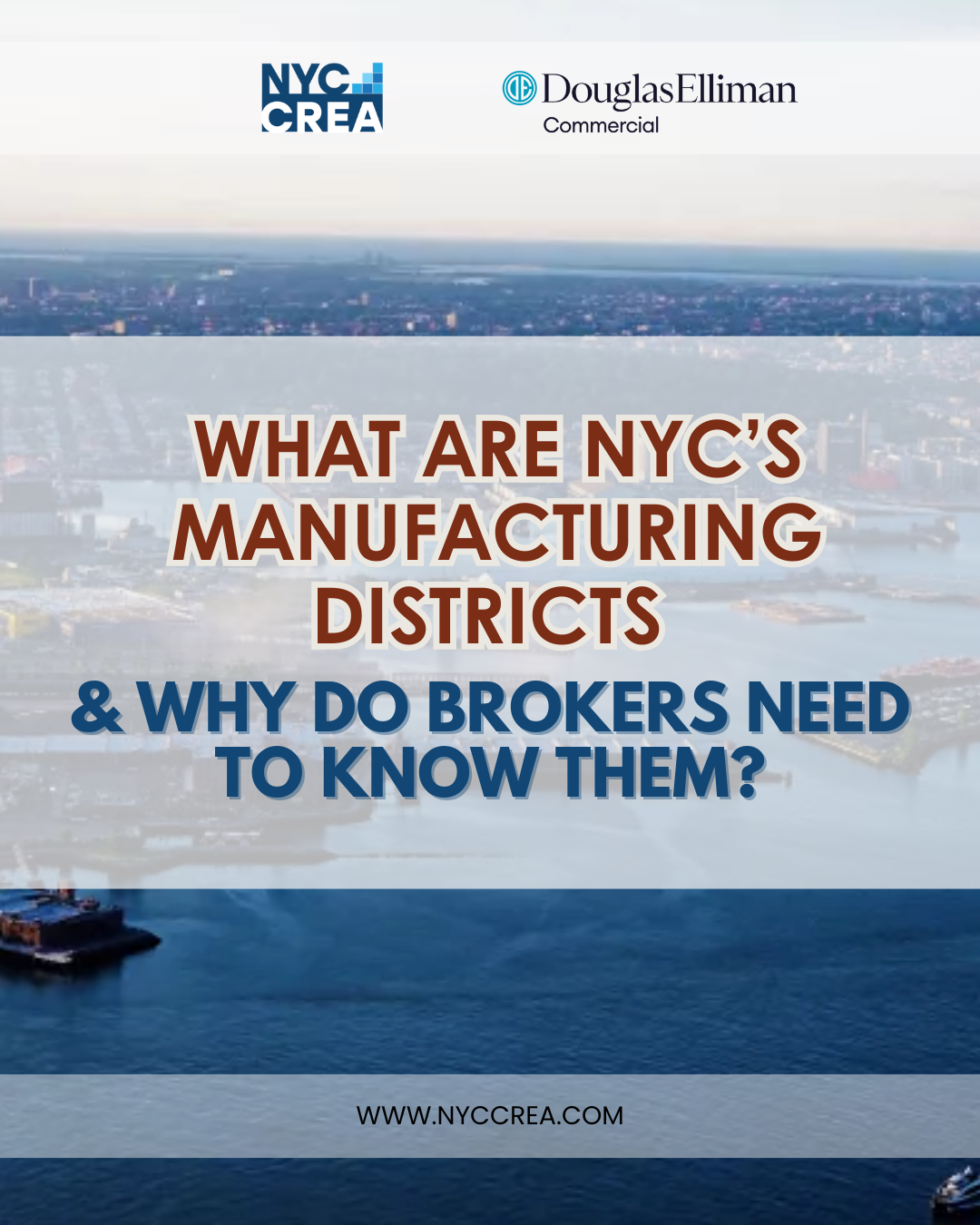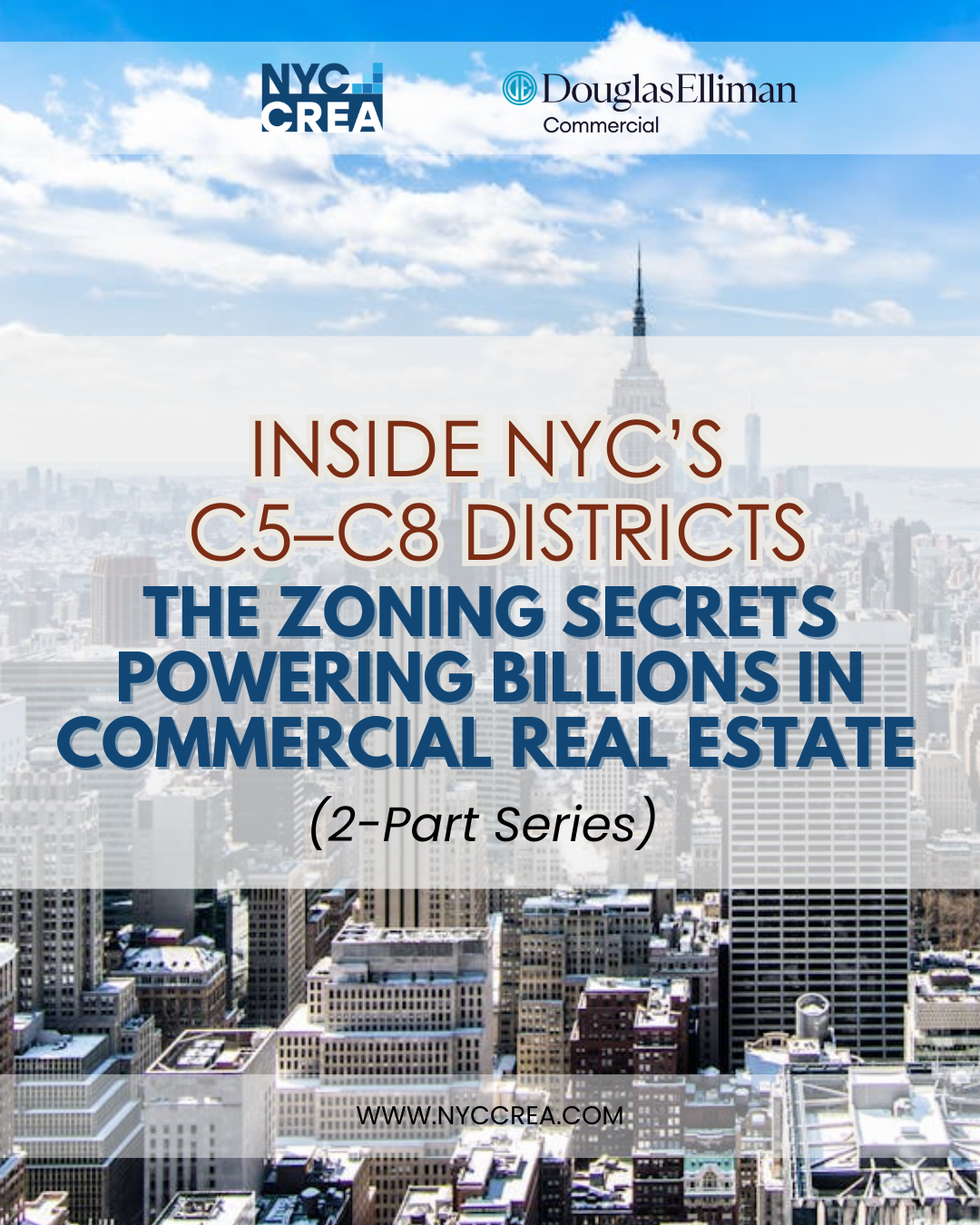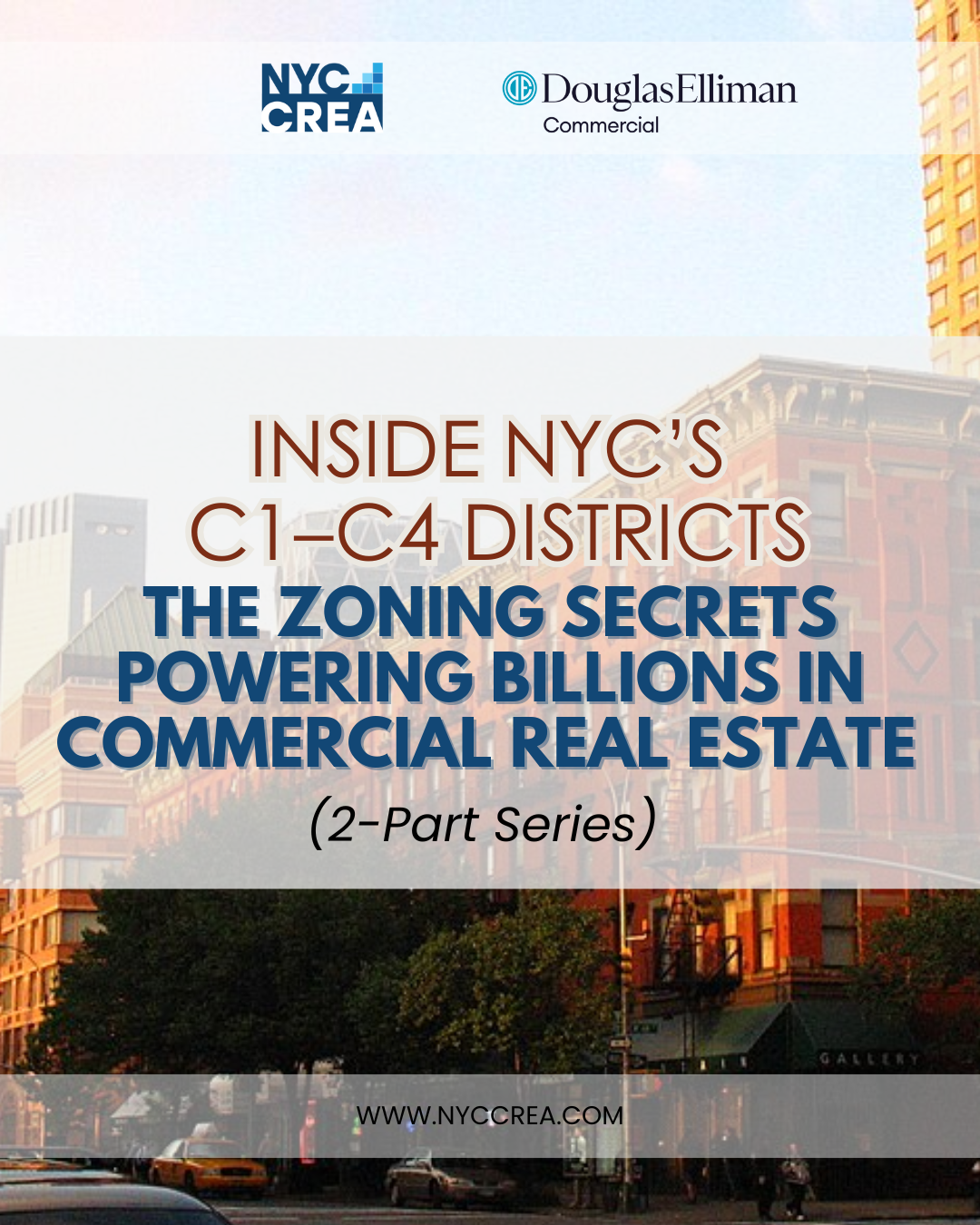March 19, 2025
Highlights
- Town Center Zoning: Re-legalizes mixed-use buildings with 2-4 stories of housing above commercial ground floors, creating more housing and supporting local businesses.
- Conversions: Expands non-residential conversions citywide and moves the eligibility date to 1991, allowing more buildings to be converted into housing.
- Parking Mandates: Reduces or removes off-street parking requirements in transit-accessible areas, encouraging more housing production and reducing costs.
The City of Yes for Housing Opportunity, adopted by the New York City Council in December 2024, is the most ambitious update to the zoning code since 1961, according to the New York City Department of Planning. This landmark initiative aims to tackle the city’s housing shortage by making it easier to build more housing in every neighborhood. For decades, New York City’s restrictive zoning laws have stifled housing production, leading to a concentration of new housing in a few areas and rising housing costs. The City of Yes seeks to reverse this trend by unlocking housing opportunities citywide.
The plan is designed to create more housing choices, lower housing costs, and make development more feasible. With an expected creation of 82,000 new homes over the next 15 years, the City of Yes includes key zoning changes in town center development, residential conversions, and parking mandates to facilitate more balanced and affordable housing growth across all five boroughs.

Town Center Zoning
For decades, New York City’s zoning rules have prohibited the development of classic mixed-use buildings with apartments above ground-floor commercial spaces. The City of Yes reintroduces this traditional building form, which was common between the 1920s and 1950s, but later restricted by outdated zoning rules.
Under the new Town Center Zoning regulations, modest mixed-use buildings with two to four stories of residential units above a commercial ground floor will once again be allowed in low-density commercial corridors. These buildings will match the existing neighborhood character while providing much-needed housing and strengthening local business districts. Height limits will be adjusted to accommodate these changes, with residential floor area ratios (FAR) between 1.0 and 2.0 and an additional 0.5 FAR for commercial uses.
The changes will apply to low-density commercial overlays in R1-R5 districts and C4-1 districts, ensuring that new construction aligns with the surrounding neighborhood context. In transit-accessible areas, such as the Greater Transit Zone, the adjusted height limits and FAR allowances will enable more efficient use of available land. This strategy will revitalize commercial corridors, boost local businesses, and increase the supply of affordable housing without overburdening infrastructure.

Conversions
New York City’s rigid adaptive reuse regulations have long prevented underused office buildings and other non-residential properties from being converted into housing. Currently, buildings constructed after 1961 (or 1977 in some areas) are not eligible for conversion into housing. The City of Yes changes this by moving the eligibility date up to 1991 and expanding conversion options citywide.
This adjustment allows more recent office buildings from the 1970s and 1980s to be converted into residential units. It also expands the range of eligible conversion projects beyond Manhattan’s core office districts to include neighborhoods across all five boroughs. Importantly, the types of housing allowed through conversion will also broaden to include supportive housing, shared housing, and dormitories—not just traditional apartments.
This policy is a win-win: it will create more housing while reducing the number of vacant and underused commercial properties. By unlocking more adaptive reuse opportunities, the City of Yes will help address the housing shortage while revitalizing underperforming buildings.

Parking Mandates
For years, New York City’s off-street parking requirements have limited housing production and driven up construction costs. The City of Yes significantly reduces these mandates through a new three-zone system that reflects the city’s transit infrastructure and neighborhood density.
- No Parking Requirements – In the Manhattan Core, Long Island City, and Inner Transit Zone, parking mandates are entirely eliminated. This covers 2.6 million residents and represents the largest mandate-free area in the country.
- Reduced Requirements – In the Outer Transit Zone, parking mandates are scaled back, allowing more flexibility for developers and encouraging greater housing production.
- Exemptions for Small Developments – Beyond the Outer Transit Zone, mandates remain in place, but small-scale developments (under 75 units) and accessory dwelling units (ADUs) are exempt.
The removal of parking mandates is expected to accelerate housing production, particularly in transit-accessible neighborhoods. It will also lower development costs and enable more affordable housing construction. Combined with the zoning changes for mixed-use and transit-oriented developments, this will create more balanced and sustainable housing growth across the city.

‘A Little More Housing’
The City of Yes for Housing Opportunity represents a bold and comprehensive solution to New York City’s housing crisis. It also expands housing options by promoting Accessory Dwelling Units, like backyard cottages and basement apartments, in low-density residential areas, allowing homeowners to create flexible living spaces for multigenerational families while preserving neighborhood character. Strategically, the plan incorporates restrictions in flood-prone and contextually sensitive locations to balance increased housing with community considerations.
The zoning text amendment, dubbed to build a little more housing in every neighborhood, will decisively address New York City’s housing challenges through targeted reforms in town center zoning, residential conversions, and parking mandates, thereby unlocking substantial new housing potential and bolstering local businesses. These strategic adjustments to zoning regulations and enhanced developer flexibility are critical to ensuring the city’s long-term vibrancy, inclusivity, and affordability. (NYCCREA)
Reference:
City of Yes — Zoning for a more sustainable, prosperous, and affordable NYC
New York City Department of Planning
